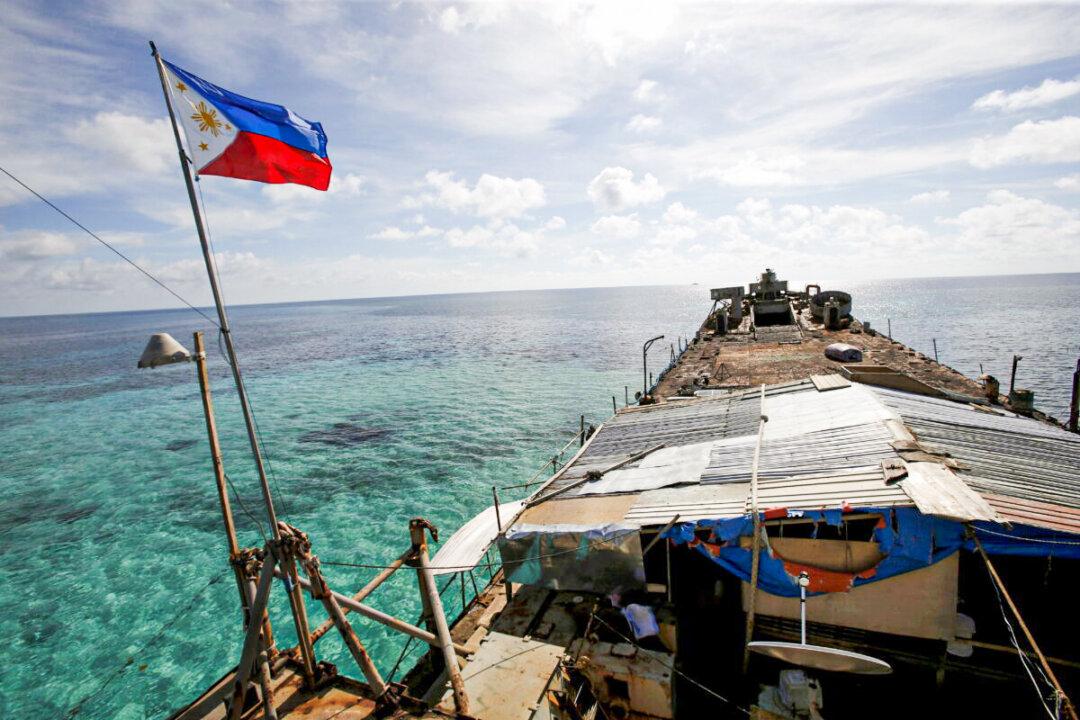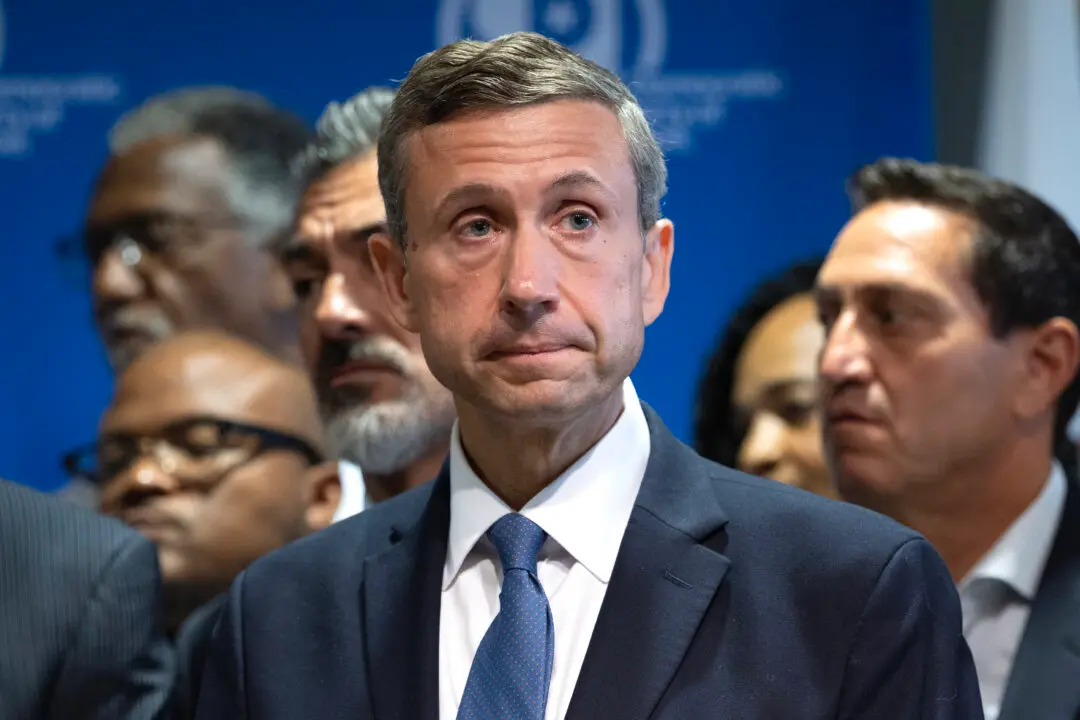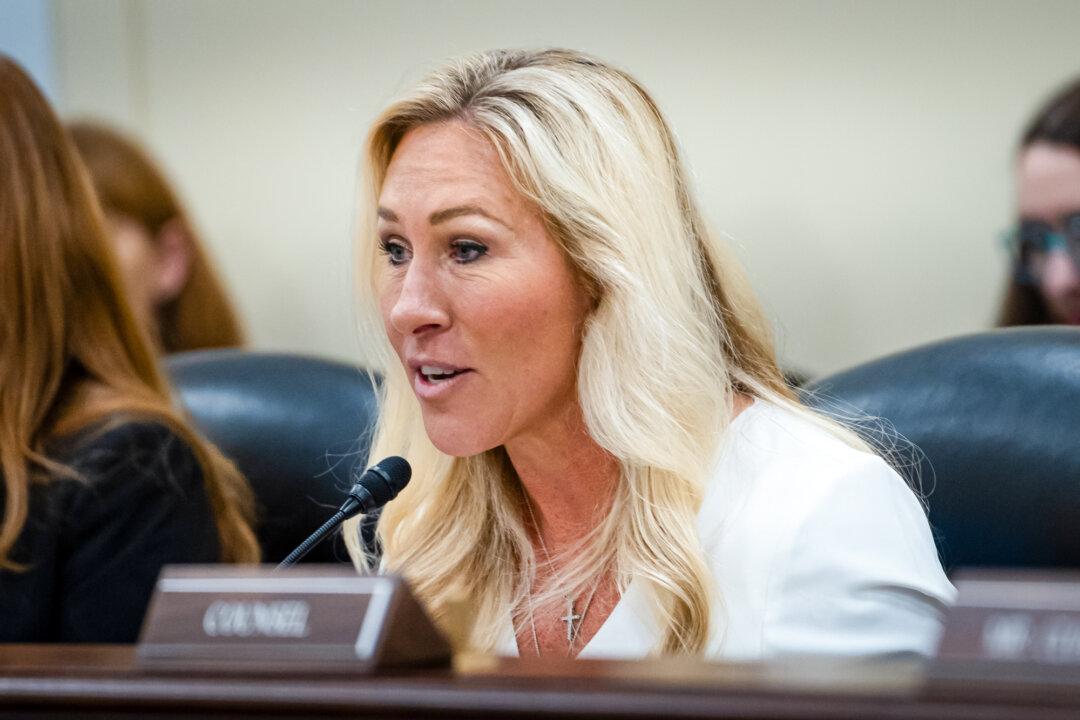The Philippines has begun talks with the United States and Australia over possible joint maritime patrols in the disputed South China Sea to counter Beijing’s growing assertiveness in the region.
Australian Deputy Prime Minister Richard Marles—who concurrently serves as defense minister—met with Philippine Defense Secretary Carlito Galvez in Manila last week to discuss strengthening bilateral defense relations between the two nations.





